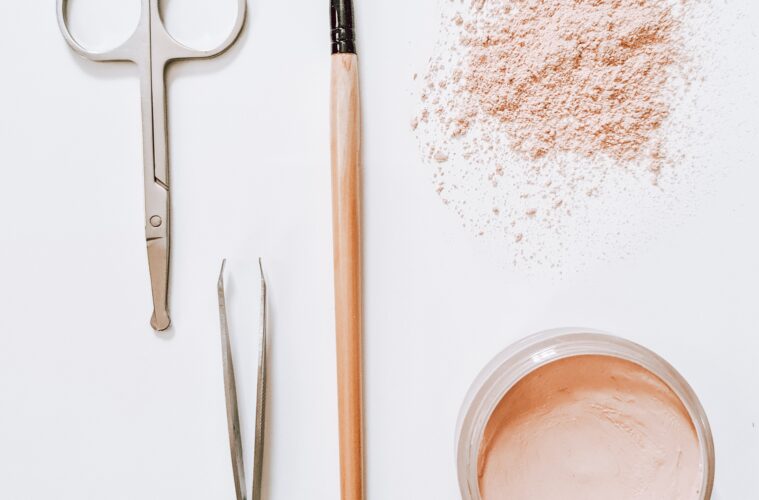Tools are an essential part of anyone’s household, regardless of whether you’re a professional, an avid DIYer or just tighten the old screw when it’s needed. It can be hard to know what’s important so follow these steps to building the best basic toolkit possible.
Why do I need a basic toolkit?
Regardless of technical or DIY skill, there are tasks that need to be carried out by everyone that will require some form of tool in one way or another. Whether that be building your own shelving unit, or just tightening up a bolt on a crib – tools are a vital part of making sure a household runs smoothly and safely at all times.
Manual/handheld tools
The obvious big 3 essentials everyone thinks of are a screwdriver, tape measure and a hammer, but of course there are variations of each of these. Consider whether a laser, pocket or flexible tape measure works best for your regular jobs to minimise your trips down to the hardware store. When choosing a screwdriver, it’s smart to pick up both a phillips and a flat head to make sure you’re covered for everything- and throw in an allen key set to ensure you’re completely covered.
Power tools
Tools with a bit of an electrical kick behind them can help get the job done quicker when used and cared for correctly and can be a great help to those who struggle with arm strength or extended periods of applying pressure. Something like an impact driver can be extremely beneficial due to being multi-use tool, and allowing reach into smaller areas that other tools may not reach.
Keep them somewhere safe
While you might only need them every month or so, keeping your toolkit somewhere safe and accessible is essential to getting the most out of them. Out of sight, out of mind can be very literal in this sense – and there’s nothing worse than coming back home with a brand-new tool to find you had it at the back of the closet all along. Keeping them somewhere accessible also ensures you can check there’s no damage caused, and batteries can be sufficiently charged before you undertake a project.
Aside from getting essential tools, invest in a quality toolbox which will keep your tools rust free and offers enough compartments to keep all your tools tidy.
Published on Holr Magazine


